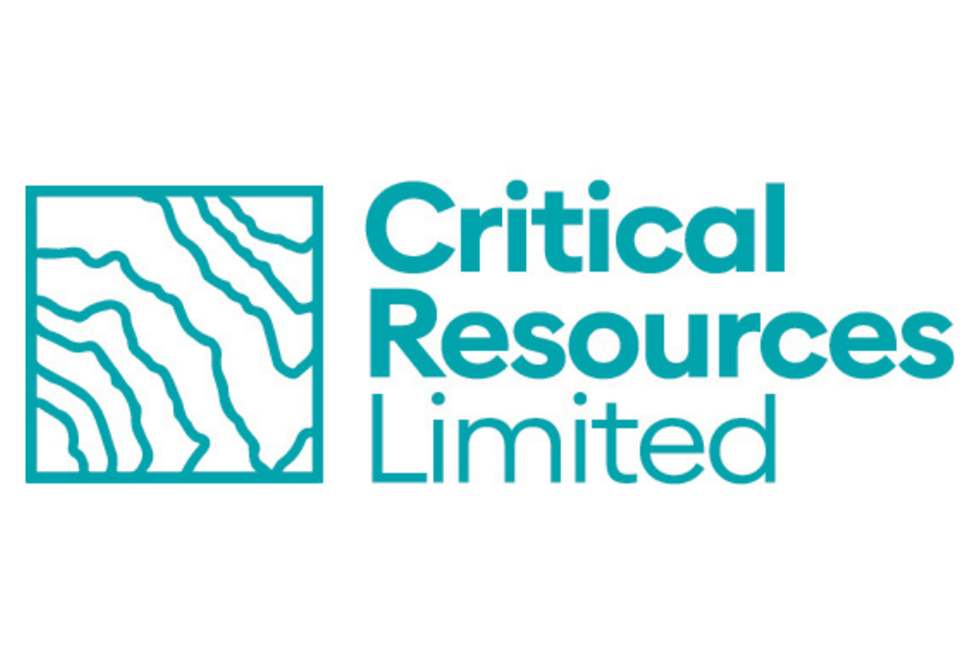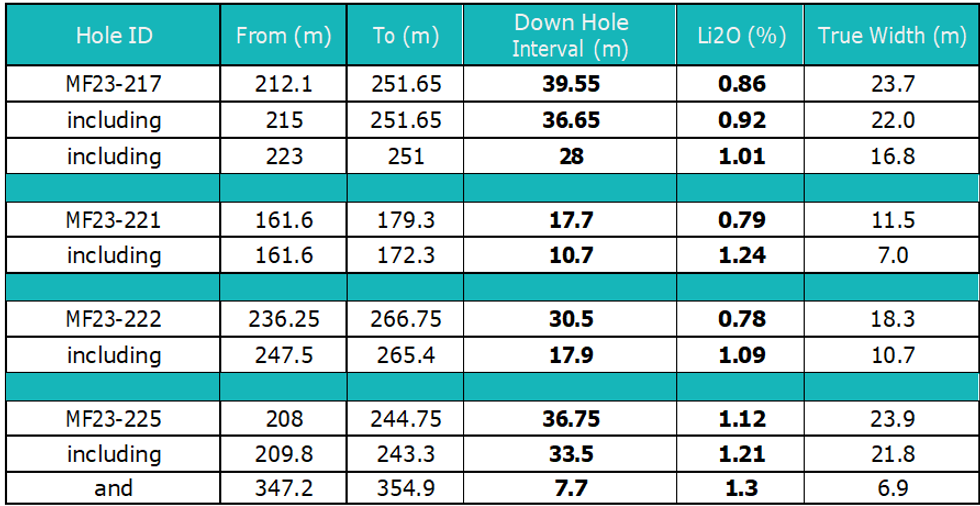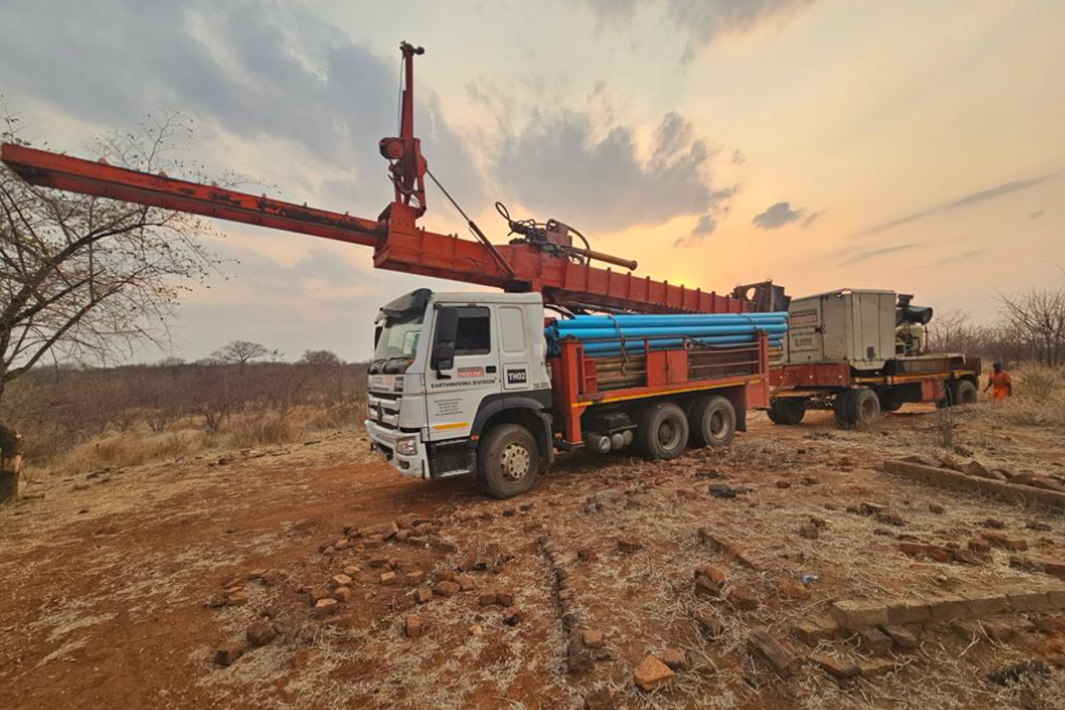
October 18, 2023
Lithium exploration and project development company Critical Resources Limited ASX:CRR (“Critical Resources” or “the Company”) is pleased to advise that it has received further strong assay results from ongoing drilling at the Mavis Lake Lithium Project in Ontario, Canada.
Highlights
- Further outstanding assays extend the Swell Zone at Mavis Lake.
- Drilling intersects consistent thick, high-grade mineralisation, with highlights including:
- Drill-hole MF23-225 with 36.75m @ 1.12% Li2O from 208m down-hole;
- Drill-hole MF23-222 with 17.9m @ 1.09% Li2O from 247.5m down hole; and
- Drill-hole MF23-217 with 36.65m @ 0.92% Li2O from 215m down-hole, including 28m @ 1.01% Li2O from 223m down-hole.
- Swell Zone extended up-dip to the east, close to surface, and down-dip to the west.
- Drilling continues, aimed at further extending the Swell Zone and adding tonnage to the next planned Resource upgrade.
- Assay results pending from 15 drill holes.
Drilling Continues to Target the Swell Zone
Recently received assay results have continued to validate the Swell Zone theory at Mavis Lake, with drilling continuing to build on the discovery intercept of 74.4m @ 1.18% Li2O and intersect thick and consistent zones of strongly mineralised pegmatite.
The latest batch of assays, which includes intercepts of up to 36.75m at 1.12% Li2O, has extended the Swell Zone up-dip to the east, confirming that it trends towards surface.
Meanwhile, drill-holes MF23-217 and MF23-222 have both extended the mineralisation towards the west, increasing confidence that the Swell Zone trend remains open.
While the Company awaits pending permits to further test the western extent of the Swell Zone, in- fill drilling to test the Swell Zone up-dip has delivered further success with drill hole MF23-225.
Tight in-fill drilling also provides confidence for an increase in Resource category as part of a future Mineral Resource Estimate upgrade at Mavis Lake, scheduled for the first half of 2024.
Significant assay results are shown in Table 1, full exploration results can be seen in Appendix 1.
Swell Zone Definition
Drill-hole MF23-207 intersected 74.4m at 1.18% Li2O and first identified the significant Swell Zone within the Mavis Lake Main Zone deposit.
The discovery of the Swell Zone has delivered a substantial increase in mineralised width, over the initial projected MRE ore shapes, highlighting the potential for recent drilling to substantially increase the maiden MRE of 8.0Mt at 1.07% Li2O1.
Drilling to date has confirmed consistent, thick high-grade lithium mineralisation within the Swell Zone over a strike length of approximately 300m, sitting obliquely to and striking across the current MRE.
The geometry and orientation of the Swell Zone mineralisation as defined by recent intercepts is shown in Long Section and the Cross-Sections in Figures 2-6.
Importantly, the Swell Zone remains open laterally to the west, with step-out drilling and testing of the western extents of the Swell Zone the focus of current drilling.



Continuity of the Swell Zone
Prior to the intersection in the Swell Zone discovery hole MF23-207, the wider intercepts within the Mavis Lake Main Zone were thought to be isolated localized swells.
Drilling that followed up the MF23-207 intercept has shown that these previous wider zones are in fact part of a continuous, thicker zone of mineralisation that runs through the Main Zone deposit.
The continuity of the Swell Zone can be seen in Figures 3 to 6, showing a shallow plunge trend from near surface on the east, to the deeper intercepts located towards the west.
Click here for the full ASX Release
This article includes content from Critical Resources, licensed for the purpose of publishing on Investing News Australia. This article does not constitute financial product advice. It is your responsibility to perform proper due diligence before acting upon any information provided here. Please refer to our full disclaimer here.
CRR:AU
The Conversation (0)
21 June 2022
Critical Resources
High-grade Lithium Portfolio, in a Tier 1 Location, Aligned with the World’s Green Energy Transition
High-grade Lithium Portfolio, in a Tier 1 Location, Aligned with the World’s Green Energy Transition Keep Reading...
24 December
Altius Minerals to Expand Portfolio with C$520 Million Lithium Royalty Deal
Altius Minerals (TSX:ALS,OTCQX:ATUSF) is making a bet on a lithium market recovery, agreeing to acquire Lithium Royalty (TSX:LIRC) in a C$520 million deal that will expand its exposure to battery metals.Under a definitive agreement announced by the two companies on Monday (December 22), Altius... Keep Reading...
23 December
Liontown's First Tjiwarl Member Completes Apprenticeship at Kathleen Valley
Liontown (ASX:LTR,OTC Pink:LINRF) has reached a milestone at its Kathleen Valley operations, with Vaughan Harris becoming the first Tjiwarl community member to complete an apprenticeship with the company.“Being the first Tjiwarl apprentice to complete an apprenticeship here at Liontown feels... Keep Reading...
22 December
Lithium Market 2025 Year-End Review
The global lithium market endured a bruising 2025, with persistent oversupply and softer-than-expected electric vehicle (EV) demand driving prices for the battery metal to multi-year lows.Lithium carbonate prices in North Asia slipped below US$9,550 per metric ton in February — their weakest... Keep Reading...
11 December
Mining the Gap: 5 Forces Shaping North America’s Lithium Supply Chain
A convergence of industry investments, government initiatives and a shifting global trade dynamic is creating an environment ripe for the development of a North American battery supply chain, with lithium playing a leading role. These trends are reshaping the region’s industrial base and opening... Keep Reading...
10 December
Rock Bottom: Strategic Window for Ground-level Lithium Investment
When lithium prices hit bottom, savvy investors know that’s exactly where the next big discovery begins — literally. Beneath the surface of global markets and remote exploration grounds, new opportunities are forming in the wake of a sharp price reset and renewed geopolitical urgency.Recent... Keep Reading...
10 December
Liontown Resources Pens Lithium Offtake Agreement with China's Canmax
Liontown Resources (ASX:LTR,OTC Pink:LINRF) has executed a binding offtake agreement with Chinese conglomerate Canmax Technologies (SZSE:300390) as part of its strategy to diversify its customer base.“Listed on the Shenzhen Stock Exchange, Canmax is one of the world’s leading manufacturers of... Keep Reading...
Latest News
Interactive Chart
Latest Press Releases
Related News
TOP STOCKS
American Battery4.030.24
Aion Therapeutic0.10-0.01
Cybin Corp2.140.00






